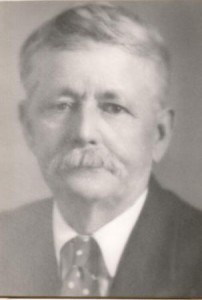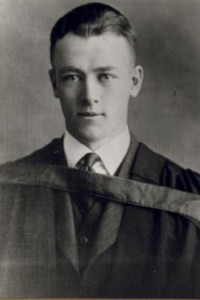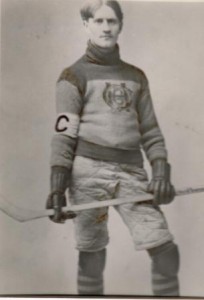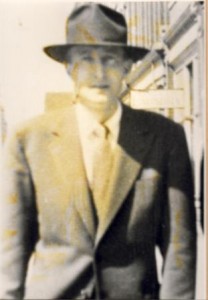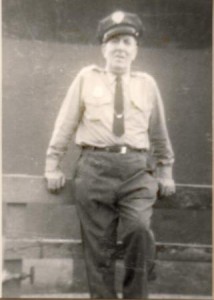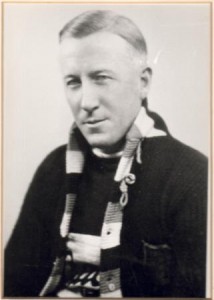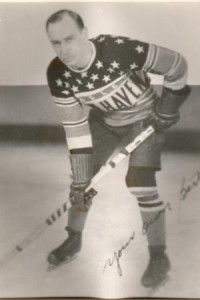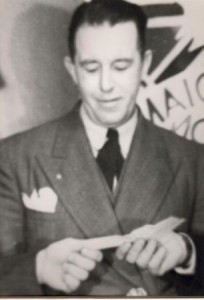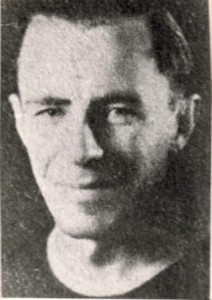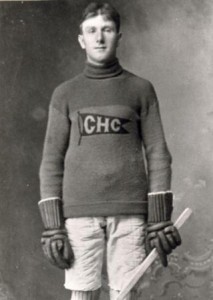 They called him the “Hard Rock” and there never was a more suitable moniker to describe this rugged little policeman of the ice lanes in the days when hockey players had to be rugged to survive.
They called him the “Hard Rock” and there never was a more suitable moniker to describe this rugged little policeman of the ice lanes in the days when hockey players had to be rugged to survive.
John Dance played in the shadow of such great Collingwood stars as Rabbi Fryer, Jack Burns, Frank Cook, Harold Lawrence, Angus McKinnon and the Foulis brothers but it was his back checking and bodychecking that gave the stars the chance to shine.
He played junior for several years before he made the Intermediate club in 1911, the year after the Shipbuilders won their first O.H.A. title.
The team missed out in 1911 and 1912 but it was Dance who knocked down the obstacles and led the team to the championship again in 1913.
It was his greatest year. He skated interference for the big scores and took many a thump that was meant for the top scorers, Fryer, Burns and Lawrence, but his goal came in the big clutches.
Three times on the way to the final round, Dance came through with game winning goals. Collingwood won the first game of the provincial final against London Acadians 6-5 and Dance poked in the winner. London won 2-1 at home and tied the round. The third and deciding game played before six thousands fans in Toronto went to the Shipbuilders 3-2. Dance scored one goal and set up the winner.
Collingwood did not win another championship until 1918 and once again John Dance bore the brunt of the enemy attack. He hung up his skates in 1919 but he took them down again twelve years later. With his old teams mates, Frank Cook and Jack Burns, he came back to help the Odd fellows win the Collingwood Senior Hockey title. He was forty-three years old at the time.
John Dance died on April 14th, 1965, in his 77th year.

